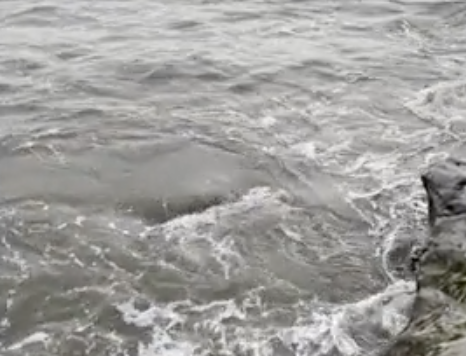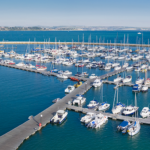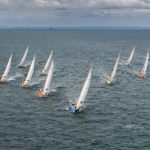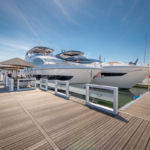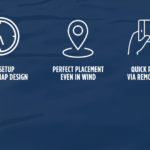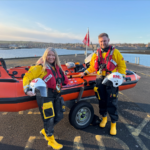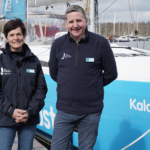The RNLI has issued a Bank Holiday safety warning after a new study revealed around 15 per cent of the UK population have experienced the terror of being cut off by an incoming tide at the coast.
The nationwide study by Bangor University – in partnership with the lifesaving charity – has been published ahead of Easter, when tides around the UK coastline this year are set to be bigger and faster than normal.
An incoming tide can quickly leave people stranded, often requiring the RNLI’s help. Last year the RNLI launched 264 times, saving the lives of 30 people and rescuing another 589 who found themselves cut off by the tide.
The university research also found:
- 57% of those who had experienced tidal cut off lived inland – away from the coast
- 38% of the British population were unaware that the tide typically comes in twice a day
- 40% were not aware that the rises and falls of the tide are not the same every day
- Over a third of people ere not aware that tides vary across locations
The RNLI advises anyone visiting the coast to check the tides and weather forecast and to carry a means of calling for help, such as a full-charged mobile phone. In an emergency call 999 or 112 and ask for the Coastguard.
One of the stories behind the statistics in the study is that of Connor Gurney who was left fearing for his life during an evening walk at Rhoose Point near Barry Island, Wales in June last year. After being cut off by the incoming tide Connor found himself trapped beneath a cliff on a metre-wide ledge as waves broke around his feet.
“I put my favourite song on my phone, and I thought, this might be it, I might die,” said Connor.
“I thought I’d done everything. I checked the tides, had two phones and a radio with me, and told friends where I was going and when to expect me back. And I was keeping an eye on the tide as it rose. I didn’t realise that the tide comes in faster around the corners, so while I thought I had a clear escape route I was slowly getting trapped – my way out both forward and back was cut off. The tide was coming in really fast and high – waves were breaking up onto the ledge – and those rocks, you just can’t get that high up them.”
Connor was struggling to get a phone signal but kept trying to call 999 and eventually reached the Coastguard, who tasked Barry Dock RNLI to launch their inshore lifeboat and rescue him.
Researcher and Marine Social Scientist at Bangor University Dr Liz Morris-Webb said: “The results of our initial survey show just how much the public misunderstand the tide, but also how even those with experience and knowledge of the coast can easily get into trouble if underprepared or distracted.
“Many respondents who reported being cut off by the tide wanted to send a message to others, especially how quickly the tide can change and become very dangerous. Interviews with those involved with RNLI rescues have described how the tide near a cliff ‘fills like a bath’; how on a sandflat, ‘the sea can come in faster than you can run’ and how the tide can be very different just around the corner.”
RNLI Water Safety Lead Chris Cousens said: “It’s been extremely useful to work with experts at Bangor University and we look forward to the next step in this exciting collaboration.
“We expect this weekend to be busy on the coast, but with higher than normal spring tides forecast this weekend, areas affected by tidal cut off may be cut off faster than normal, and other areas not normally known for tidal cut off may see incidents in the coming days.
“Anyone heading to the coast is reminded of the importance of checking the tide times and ensuring they have enough time to return if they decide to venture further along the beach. It’s hard to imagine how walking can turn out to be such a dangerous activity, this is why it’s important to always check the tide times at the start of your day, keep an eye out for the incoming tide and leave enough time to return safel”









